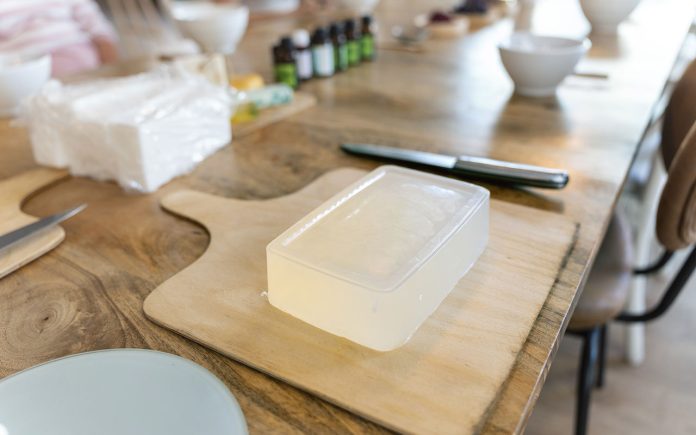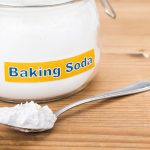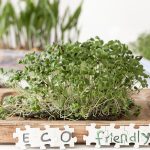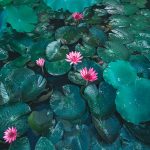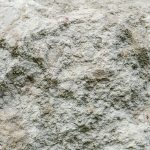Using products with artificial chemicals to take care of plants, both as fertilizers and products to prevent and treat pests, is dangerous for both plants and our health, depending on the specific product. As a result, more and more people are choosing to use natural products to care for plants, to help them grow, and to prevent and treat their conditions.
This is the case of potassium soap, potassium soap or potash, which is an ideal natural product for plant care. If you still don’t know it, at EcologíaVerde we explain what it is and what it is for exactly, how to make potassium soap and the dosage to use it correctly, among more details. Learn how to do it and use it and you will see that your plants will thank you.
What is potassium soap and what is it used for?
Potash or potassium soap is a natural and ecological product that is highly effective in eliminating pests in plants, as well as helping to prevent them. This product is obtained thanks to the reaction of the saponification process that occurs when potassium hydroxide reacts with oil and water.
Basic composition of potassium soap
- Water
- Vegetable oil
- Potassium hydroxide (KOH)
What is potassium soap used for?
As we have already mentioned, potassium soap is used to control pests in plants and improve their health. It is especially effective against aphids, mealybugs, and whiteflies, but it also treats other types of pests on plants and even fungi.
If you are looking to learn more about how to get rid of pests in orchards and gardens naturally, we recommend this other article from EcologíaVerde on Organic Farming: what it is, advantages, examples of techniques and how to combat pests.
How to make eco-friendly potassium soap step by step
If you want to learn how to make natural insecticide with potassium soap or, in other words, how to make organic potassium soap, don’t miss this simple step-by-step:
Material
- Rubber gloves
- Safety glasses
- Kitchen Scale
- Blender
- Plastic, glass, or stainless steel containers for storing soap
Protections are necessary because while the reaction between potash and water occurs, it can damage the skin and sensitive parts such as the eyes if it splashes, so prevention is better. Then, once finished, it is no longer so aggressive, neither for us nor for the plants, but it is for a variety of pests of these.
Ingredients
- 120 g vegetable oil (olive, sunflower, corn or canola oil)
- 20 g potassium hydroxide (KOH)
- 20 g water
How to make potassium soap step by step
- Put on the protections (goggles and gloves).
- Mix the potash with the water and stir, you will see that the temperature increases while the reaction is being made.
- In another bowl or container, pour the vegetable oil of your choice and heat it in a double boiler in a pot. Let it heat up for a few minutes and then remove it from the heat.
- When the two things are at room temperature, mix them together in one of the containers.
- You will see that it is acquiring a dark color. When it is more uniform, beat it with a mixer for 2 to 3 minutes.
- Let the whipped mixture sit for about 10 minutes and beat again for another 3 minutes, repeat as many times as you need until you get the texture you prefer. However, keep in mind that to use it later on your plants, you’ll need to mix it with water to thin it out.
- You can store it in the container you used to make the last mixture if it has a lid or store it in a plastic or glass bottle.
Image: Chanvre-info.ch
How to Use Potassium Soap: The Dosage
Now, you just need to know how to use potassium soap on plants correctly. To be as effective as possible, it will be necessary to make sure to cover the entire affected plant with potassium soap and insist on the areas that are most affected by the pest to be eliminated. As soon as insects or parasites that affect the plant come into contact with organic potassium soap, they will die.
The dose of potassium soap is highly variable and depends on many factors, from the type of pest to be eliminated to the species of affected plant to be treated. The most common dose of potash for plants is 1% or 2% potassium soap in water.
The best way to use it once the dose is prepared in the water is spraying. Remember that since it is about moistening the entire plant, it is best to apply potassium soap on the plants when they are not in the sun, to prevent them from burning.
For best results, it is recommended to apply potassium soap for 15 days over 3 or 4 months.
Where to buy potassium soap or potash
You may want to try the commercial product before you get involved in making potassium soap at home. If you are looking for where to buy potassium soap, we recommend that you go to stores specializing in gardening, horticulture and agriculture or to stores such as large supermarkets where they may have a gardening section. In addition, you can find it in both physical stores and online stores. The price of potassium soap is about €10 for a bottle of 1L on average.
If you use the commercial product instead of the one prepared at home, remember to follow the instructions on the product packaging and those told you by the specialist of the store where you bought it.
We recommend you also know this other article from EcologíaVerde on How to make natural insecticides for plants.
If you want to read similar articles to How to make potassium soap, we recommend that you visit our Garden Care category.


